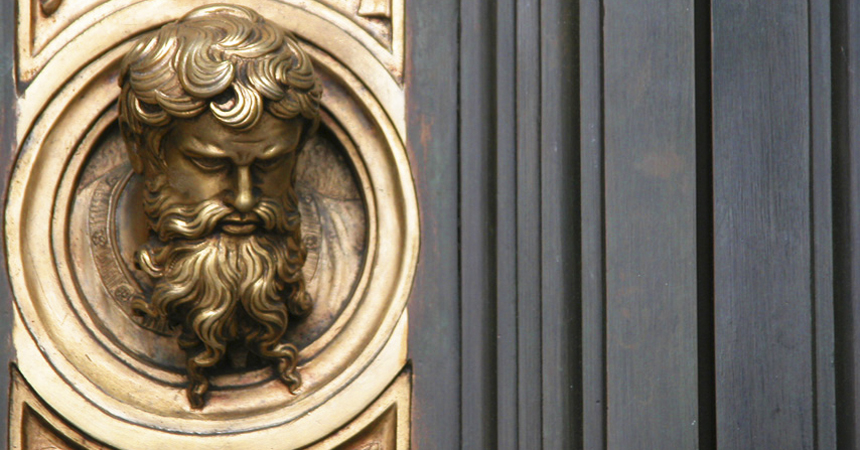![]()
In 1926 Eric Gill entered the war. He didn’t know he was entering a war. He was just painting a sign for a friend’s bookshop in Bristol. But ever since Gutenberg invented that whole movable type thing, the British had developed a serious font inferiority complex, and those pesky Germans were at it again. In the late 1920s Erbar, Futura and Kabel were developed in Germany and Britain needed a font to fight them. Gill Sans was there man. Gill started with the hand painted lettering he used for the bookshop to build his new font, and Gill Sans was released in 1928.
It was instantly successful, becoming the standard typeface of the British Railway System. Today, it is used by Penguin Books for their paperback jacket designs and by the Church of England for their Common Worship service books, it is the official typeface of the Spanish Government and has been adopted by Saab Automobile for its advertising and marketing communications. It is even used for the iconic call letters of the BBC (British Broadcasting Corporation).
But it is not your usual sans serif font. The uppercase letters are based on Roman capitals, but Roman capitals have serifs. The lowercase letters are modeled on fonts like Caslon and Baskerville, but those, too, are serif fonts. Some characters, like the lowercase “a”, have serifs, and some letters are not even consistent across different weights of the typeface. All the literature calls these anomalies “humanist” traits, which I believe can be translated, “We’re humans so we can do anything we want regardless of the rules because we’re in charge.”
For designers, though, Gill Sans offers a nice alternative to more mechanical sans serif fonts like Futura and Univers. And that’s what we are always looking for, really, alternatives. Different ways of delivering the message, of winning the war with all those other messages.


The typeface continues to thrive to this day, often being held to bring an artistic or cultural sensibility to an organisation’s corporate style. Monotype themselves use it in their corporate style, and the typeface was prominently used by many public service organisations. These include Railtrack (and now Network Rail ), which used Gill Sans for printed matter, the Church of England , which adopted Gill Sans as the typeface for the definitive Common Worship family of service books published from 2000, and the British Government , which formally adopted Gill Sans as its standard typeface for use in all communications and logos in 2003. The BBC adopted the typeface as its corporate typeface in 1997. Until 2006, the corporation used the font in all its media output; however, the unveiling of its new idents for BBC One and BBC Two has signalled a shift away from its universal use, as other fonts were used for their respective on-screen identities, but the BBC logo still uses the typeface.